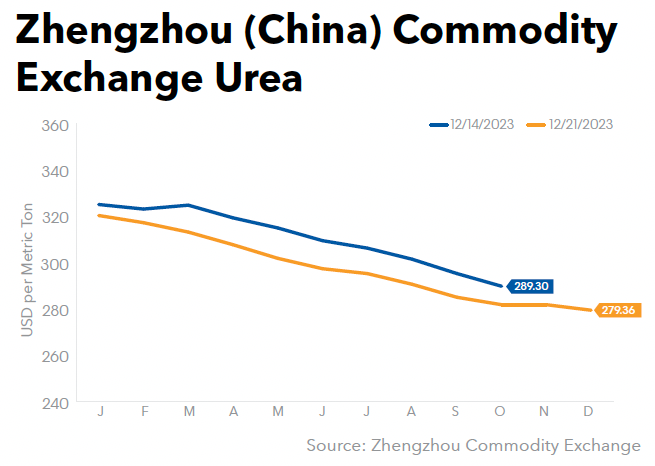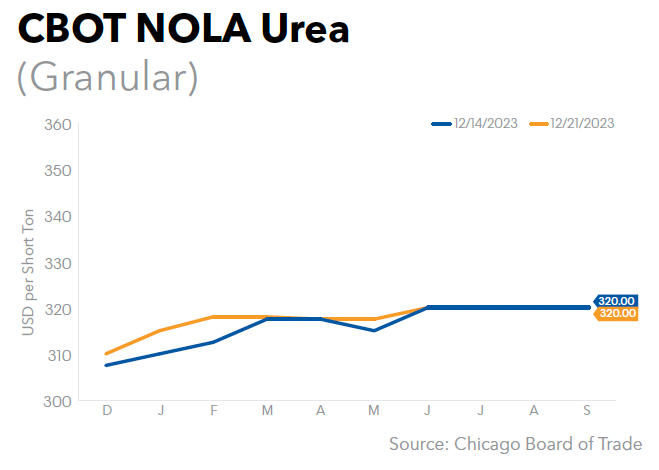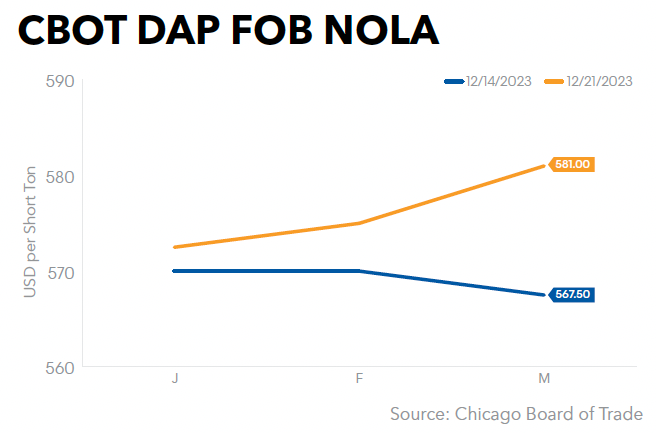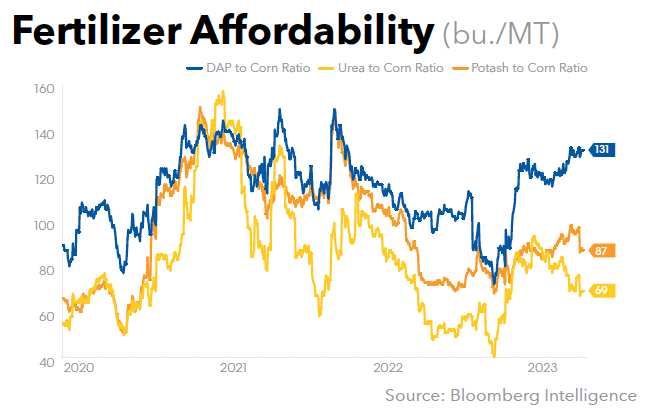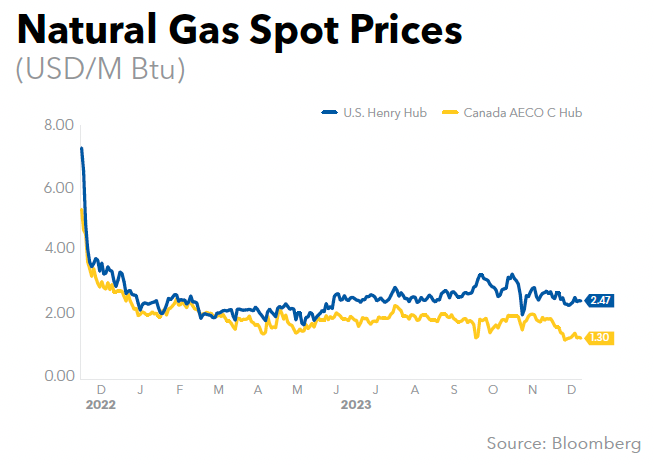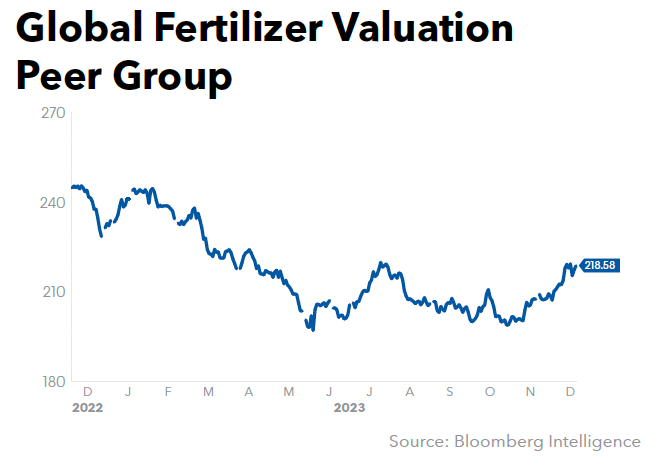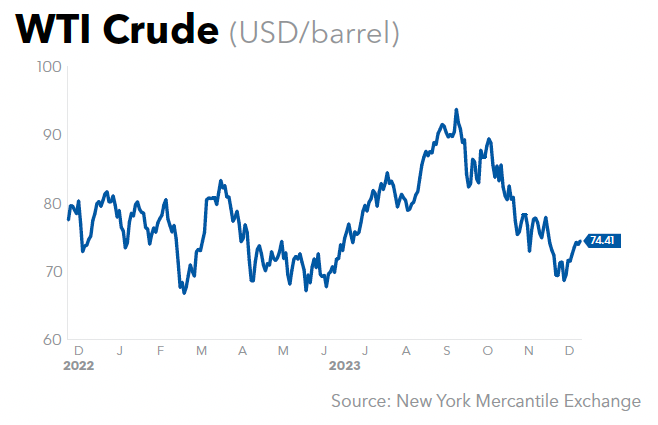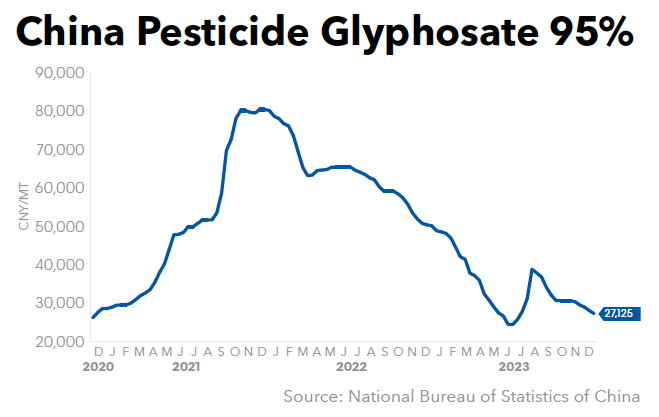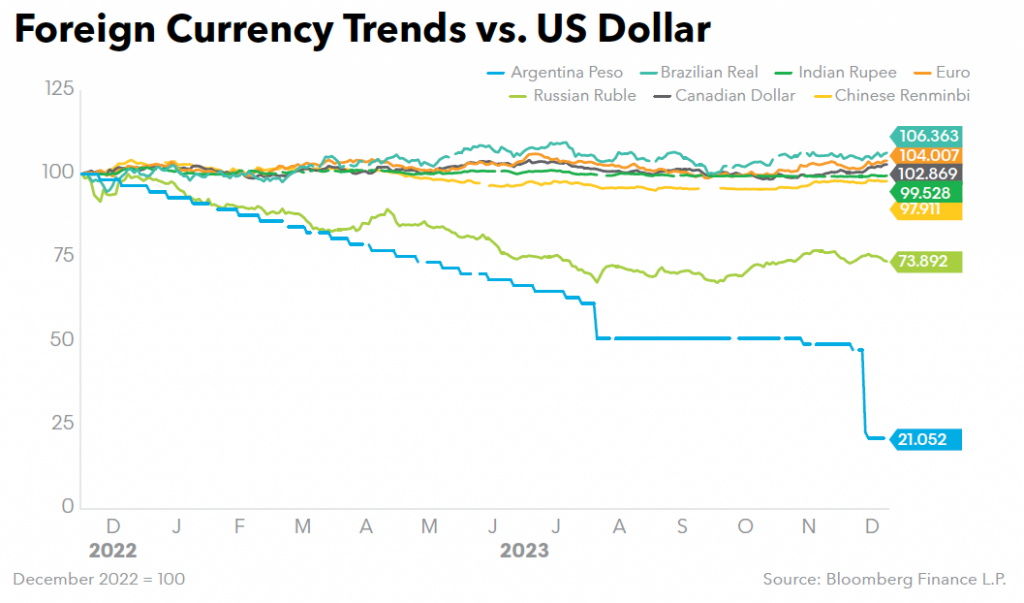OCI to Sell Iowa Fertilizer Co. to Koch for $3.6 Billion
OCI Global announced on Dec. 18 that it has entered into a binding equity purchase agreement for the sale of its Wever, Iowa-based Iowa Fertilizer Co. LLC (IFCo) to Koch Ag & Energy Solutions LLC (KAES) for $3.6 billion on a tax-free basis, subject to a customary cash, debt, and normalized level of working capital adjustment.
OCI is selling 100% of its indirect equity interests in IFCo and said the agreement follows a highly competitive process “with multiple rounds” and a strategic review launched earlier this year. The transaction does not require the approval of OCI shareholders and the company sees little regulatory risk to the sale.
The transaction is OCI’s second in less than a week. On Dec. 15, the company announced a binding agreement to sell its entire 50% + 1 share stake in its Abu Dhabi-based joint venture Fertiglobe Plc to UAE state-owned oil giant Abu Dhabi National Oil Co. (ADNOC), which already owns a 36.2% stake in the jv (GM Dec. 15, p. 1).
Responding to analyst questions at a company Investor Day call on Dec. 18 whether more asset sales can be expected, OCI CEO Ahmed El-Hoshy confirmed the company’s strategic review is now completed, and there would be no further asset disposals in the short term.
The Fertiglobe and IFCo sales, which remain subject to customary closing conditions and anti-trust approvals in their respective jurisdictions, will bring in $7.2 billion in tax-free gross cash proceeds for OCI. OCI expects the IFCo transaction to close around mid-2024 while the Fertiglobe deal is also expected to close in 2024.
The proceeds from the two sales will be used to significantly reduce holding company net debt, OCI said. The company’s net debt stood at $2.3 billion as of Sept. 30, 2023. OCI said it will continue to receive cash flows from IFCo until the transaction with Koch closes.
OCI launched its strategic review in March, with the objective of closing the discount to OCI’s intrinsic value and unlocking value for its shareholders. The review followed a request by one of its largest shareholders, activist investor Jeff Ubben of Inclusive Capital Partners, which owns 5% of OCI. Ubben urged OCI to explore strategic options, including asset sales, especially for its IFCo unit, amid shareholder concerns about the company’s stock prices.
Net
proceeds after debt and closing adjustments, including transaction costs, are
estimated to be in the €2.5-€2.6 billion range (approximately $2.7-$2.8 billion
at current exchange rates), El-Hoshy told analysts and investors on Dec. 18. There
is about $1 billion of debt and other adjustments related to the IFCo
transaction.
“The transaction is expected to result in a reduction in holding company net
debt and to allow for the return of capital to shareholders, which will be
considered within the context of OCI’s capital returns framework and also will
provide some firepower for potential continued growth, and if it makes sense,
future investments,” he said.
OCI CFO Hassan Badrawi said the IFCo and Fertiglobe transactions unlock the equivalent of approximately €27 per share for OCI, notwithstanding the company’s continuing business. Badrawi said OCI has not yet discussed the detailed use of the sales proceeds in the wake of the two transactions, but he emphasized the company will have a well-capitalized balance sheet and a reduction of debt, in addition to a meaningful return of capital to shareholders through what they believe are tax efficient avenues available to them.
Commissioned in 2017 as a large-scale greenfield nitrogen fertilizer facility at a cost of $3 billion, IFCo has 195,000 mt/y of sellable anhydrous ammonia capacity, and production capacity for 1.5 million mt/y of UAN and 420,000 mt/y of urea. The plant also has diesel exhaust fluid (DEF) production capacity, which has increased from the original 315,000 mt/y to over 1 million mt/y, with the potential to achieve 1.3 million mt/y, OCI reported in February (GM Feb. 17, p. 33).
“We began developing IFCo in 2012, and at the time, it was the first greenfield nitrogen fertilizer plant to be built in 25 years. It revitalized the nitrogen fertilizer industry in the US Midwest, particularly since we focused on developing the surrounding region’s distribution logistics infrastructure to support the Midwest agricultural industry,” El-Hoshy said.
“As IFCo reached maturity with steady operating rates, we concluded it would be better served by a nitrogen-fertilizer focused company that can steer IFCo through its next phase of growth, and we launched a competitive process to unlock the intrinsic value of an unappreciated asset within OCI’s overall valuation” he added.
“Today’s announcement is an important step forward for KAES as we continue to invest in our fertilizer business,” said KAES President Mark Luetters. “This investment complements our existing business, and we look forward to advancing this transaction with OCI to completion.”
Once all closing and regulatory conditions are met, Koch said the Wever facility will be added to the existing Koch Fertilizer portfolio, which produces, markets, and distributes nitrogen fertilizers, DEF, and phosphate fertilizer products.
“We are excited about the opportunity the Wever plant will provide us to better serve existing and new customers with expanded products and services,” said Koch Fertilizer Executive Vice President Scott McGinn.
Neither Koch nor OCI confirmed whether the sale of IFCo includes any offtake agreements from the plant, including whether OCI would retain its share in N-7, the joint-venture marketing agreement between OCI, Dakota Gasification Co., and Dyno Nobel Inc. reached in December 2019 (GM Dec. 6, 2019).
“More details around N7 and how it will look post-transaction will be provided during the regulatory approval period,” El-Hoshy said. A three-year renewal of the N-7 marketing agreement was reached in November 2021 (GM Dec. 2, 2021).
OCI will retain two business hubs in the Netherlands and Texas after the IFCo and Fertiglobe sales. These include nitrogen fertilizer, methanol, and melamine production assets at its OCI Nitrogen site in the Netherlands. According to the Green Markets database, the site has 1.1 million mt/y of ammonia, 1.2 million mt/y of CAN, and 0.73 million mt/y of UAN capacity. The company is also adding CAN plus S to its product portfolio there.
OCI is also developing 300,000 mt/y of AdBlue/DEF production capacity at its Dutch production facilities (GM Feb. 17, p. 33), and is expanding its ammonia import capacity at the port of Rotterdam from roughly 400,000 mt/y to up to 1.2 million mt/y (GM June 17, 2022), which the company said will provide “the ability to distribute ammonia into the Dutch markets and Western European markets.”
OCI’s ammonia and methanol production facilities in Beaumont, Texas, include 0.3 million mt/y of ammonia capacity, according tothe Green Markets database. The company is also developing a 1.1 million mt/y blue ammonia facility at Beaumont, which it said is on track to start production in 2025 (GM Nov. 10, p. 27).
OCI believes the company’s continued business after the two transactions will generally have $600-$700 million of mid-cycle EBITDA.
“Today’s announcement marks an evolutionary step in our journey to create value for shareholders, and to enhance our focus on efforts in lower carbon initiatives,” said OCI Executive Chairman Nassef Sawiris. “Our strengthened balance sheet will support the acceleration of our strategy in the field of decarbonization projects, driving future growth and supporting the energy transition goals we share with many of our stakeholders, establishing us as a leader in the low carbon space.”
Green Markets Research Director Alexis Maxwell said the IFCo purchase price equates to $3.60 per unit of nitrogen and reflects a 58% premium to the Dec. 1 purchase by CF Industries Holdings Inc. of the 880,000 st/y Waggaman, La., ammonia production complex from Incitec Pivot Ltd. (GM Dec. 1, pg. 1).
“This reflects higher per-ton pricing for the upgraded fertilizers (urea, UAN, DEF) sold at Wever,” Maxwell said. She noted that CF expanded its US ammonia market share to 44% with the Waggaman deal, while Koch’s share of total US ammonia capacity will rise from 11% to 15.7% with the IFCo purchase.
